- World Population Review Newsletter
- Posts
- How Nations Are Replacing Treatment With Recovery
How Nations Are Replacing Treatment With Recovery
From stem cells to sleep science, nations are rewriting healthcare’s future.
Greetings, seeker of better health and smarter choices,
What if the future of medicine isn’t about curing illness—but avoiding it altogether?
From stem cells in Seoul to spa prescriptions in Bavaria, countries around the world are flipping the script—putting recovery and prevention ahead of pills and procedures.
In this edition, we reveal where healing is proactive, not reactive—and how these trends could shape where you live, age, and thrive.
Let’s dive into the global recovery revolution.
7 Ways to Take Control of Your Legacy
Planning your estate might not sound like the most exciting thing on your to-do list, but trust us, it’s worth it. And with The Investor’s Guide to Estate Planning, preparing isn’t as daunting as it may seem.
Inside, you’ll find {straightforward advice} on tackling key documents to clearly spell out your wishes.
Plus, there’s help for having those all-important family conversations about your financial legacy to make sure everyone’s on the same page (and avoid negative future surprises).
Why leave things to chance when you can take control? Explore ways to start, review or refine your estate plan today with The Investor’s Guide to Estate Planning.
Germany doesn’t just treat disease—it helps you rebuild.
Here, recovery isn’t optional. It’s standard. Germany has long embraced rehabilitative and preventative medicine, integrating it into its national health system like few others.
Doctors routinely prescribe rest, rehab, and Kur treatments—weeks-long wellness stays often fully covered by insurance. There are over 1,500 state-certified rehab clinics, many located in spa towns where mineral baths and fresh alpine air are part of the therapy.
A few highlights:
Bad Krozingen is a hub for heart-focused recovery programs.
Freiburg University Medical Center integrates rehab into oncology care.
Klinik Höhenried, on Lake Starnberg, merges scenic serenity with top-tier neuro-rehab.
🧖 Curious fact: Over 30 million Germans receive prescribed rehabilitative or preventative care each year—more than the entire population of Australia!
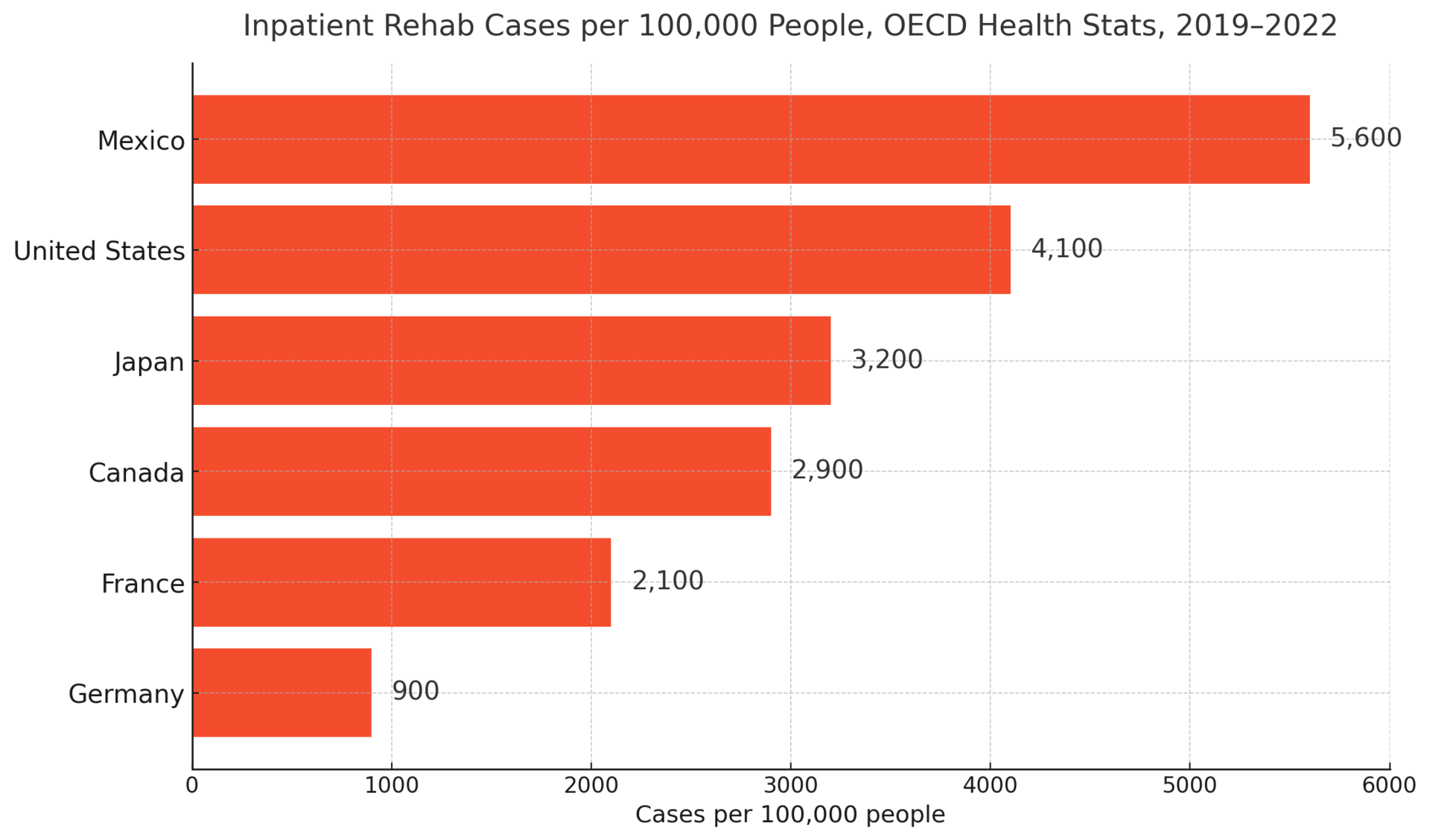
In South Korea, recovery has gone high-tech.
Known for innovation in wellness and aesthetics, South Korea now leads Asia in regenerative medicine, especially stem cell therapy, musculoskeletal rehab, and advanced post-op care.
What’s trending:
Stem cells for joint repair, especially knees and spine.
AI-powered motion therapy: Think robotic assistance for precision rehab.
Recovery hotels: Fully staffed, medically supervised luxury stays that feel more like resorts than hospitals.
Seoul’s Gangnam district is a global hotspot for this kind of care, attracting medical tourists from around the world.
💉 Eye-opener: There are 600+ recovery and aesthetic clinics packed into just 2.5 square miles in Gangnam alone!
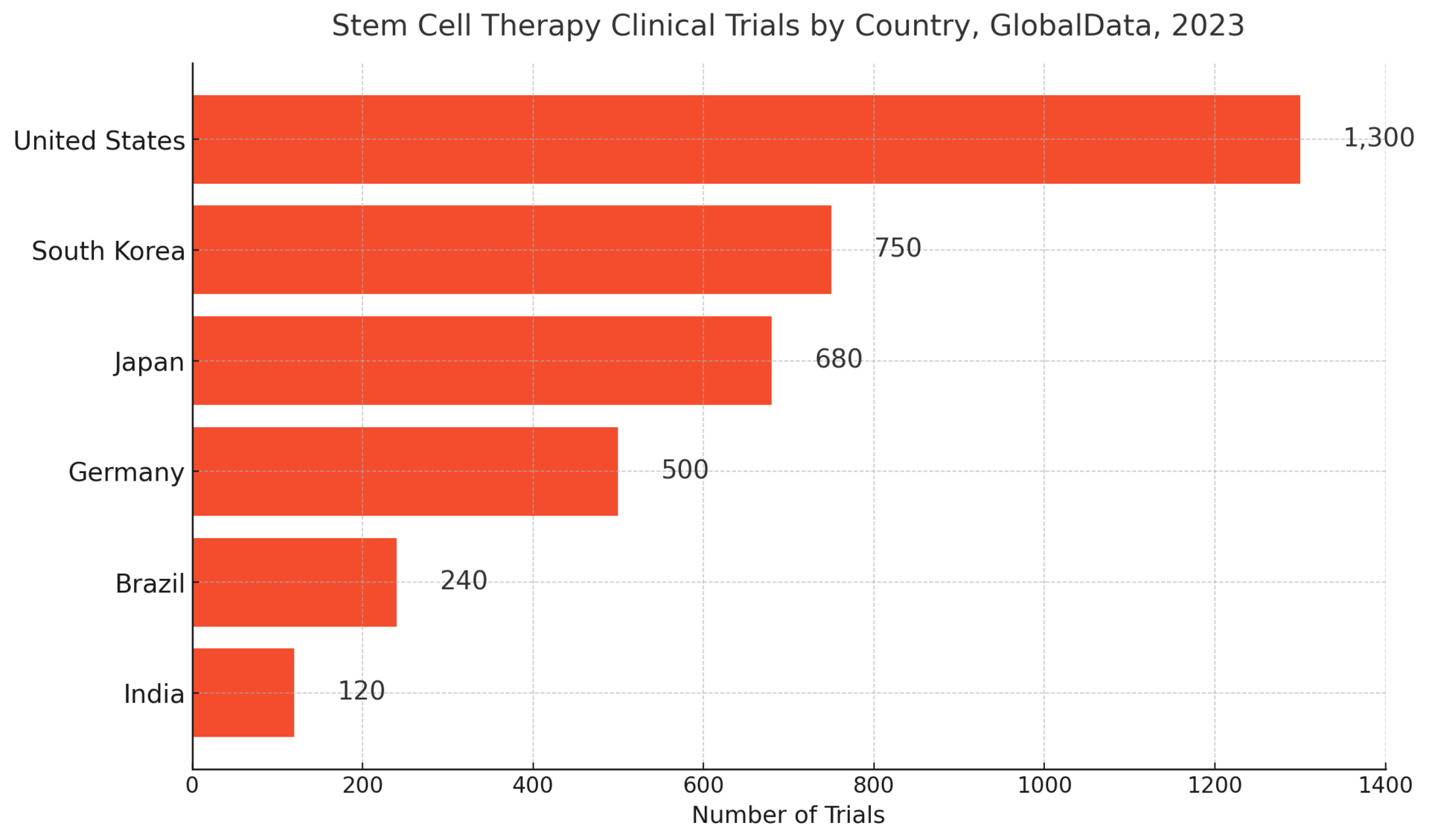
Switzerland has long been a destination for precision and privacy. Now it's becoming known for recovery excellence—especially in orthopedic, neurological, and post-surgical care.
What sets it apart:
Clinique La Prairie blends genetic testing, anti-aging programs, and personalized recovery plans.
Valens Clinics offer serene alpine settings paired with cutting-edge therapy.
Swiss insurance frequently covers multi-week recovery stays at wellness resorts—sometimes with lake views and chefs.
🏔️ Did you know? Swiss clinics often follow a 1:1 treatment-to-recovery ratio—one day of rehab for every day of treatment. That’s 4x more than in the U.S.
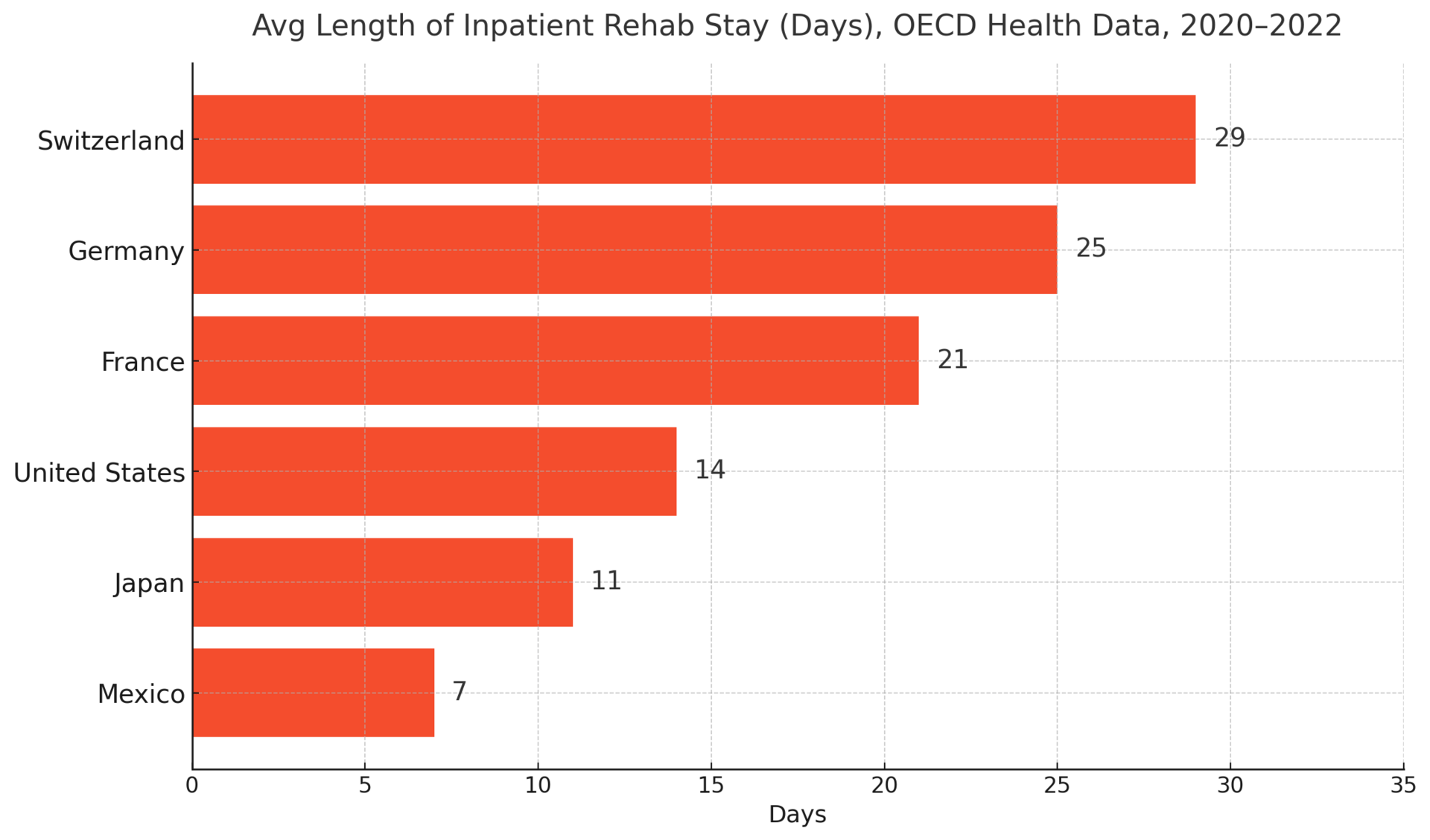
Crash Expert: “This Looks Like 1929” → 70,000 Hedging Here
Mark Spitznagel, who made $1B in a single day during the 2015 flash crash, warns markets are mimicking 1929. Yeah, just another oracle spouting gloom and doom, right?
Vanguard and Goldman Sachs forecast just 5% and 3% annual S&P returns respectively for the next decade (2024-2034).
Bonds? Not much better.
Enough warning signals—what’s something investors can actually do to diversify this week?
Almost no one knows this, but postwar and contemporary art appreciated 11.2% annually with near-zero correlation to equities from 1995–2024, according to Masterworks Data.
And sure… billionaires like Bezos and Gates can make headlines at auction, but what about the rest of us?
Masterworks makes it possible to invest in legendary artworks by Banksy, Basquiat, Picasso, and more – without spending millions.
23 exits. Net annualized returns like 17.6%, 17.8%, and 21.5%. $1.2 billion invested.
Shares in new offerings can sell quickly but…
*Past performance is not indicative of future returns. Important Reg A disclosures: masterworks.com/cd.
America is home to some of the best hospitals—but when it comes to whole-person recovery, it’s playing catch-up. Still, promising trends are emerging.
Here’s what’s gaining traction:
Prehabilitation: Strengthening patients before surgery to speed up healing.
Digital rehab: Apps like Hinge Health offer at-home recovery with motion sensors and live coaching.
Veteran-driven innovation: DARPA is funding breakthrough neural regeneration therapies for soldiers, with future civilian use likely.
📊 Surprising stat: Despite spending more per person on healthcare than any other country, only 5% of U.S. spending goes to prevention and recovery. But that number is finally rising.
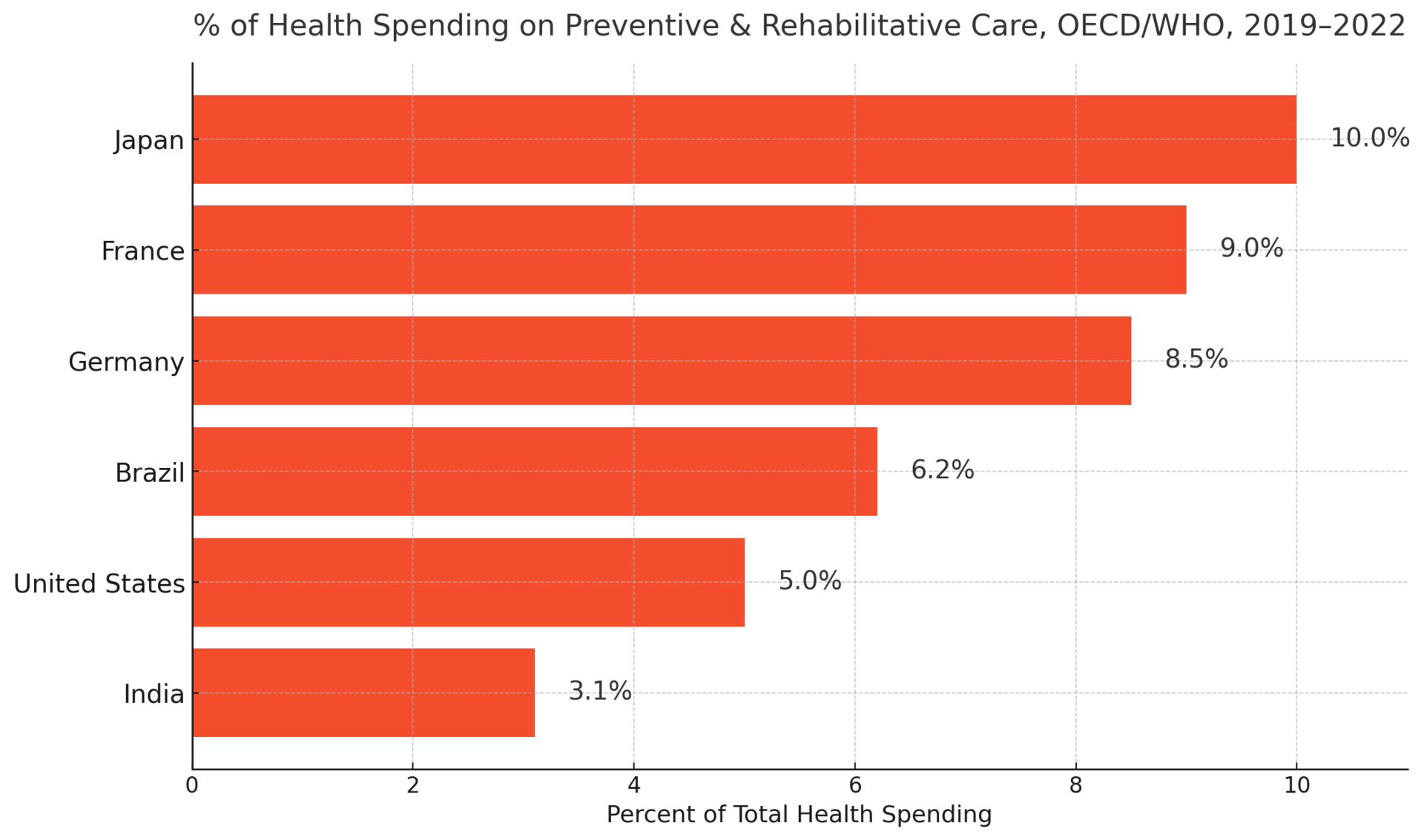
Japan, home to the longest-living population on Earth, doesn’t just treat disease—it builds daily recovery into everyday life.
Here’s how:
Ikigai-centered rehab: Physical therapy tied to purpose and community, not just exercises.
Smart elder care homes: Using AI to prevent falls and track health.
Hydrotherapy programs: Gentle but powerful rehab in warm pools across senior centers.
🪷 Little-known insight: Japan spends more on elder wellness and home-based recovery than it does on emergency care—flipping the typical healthcare model on its head.
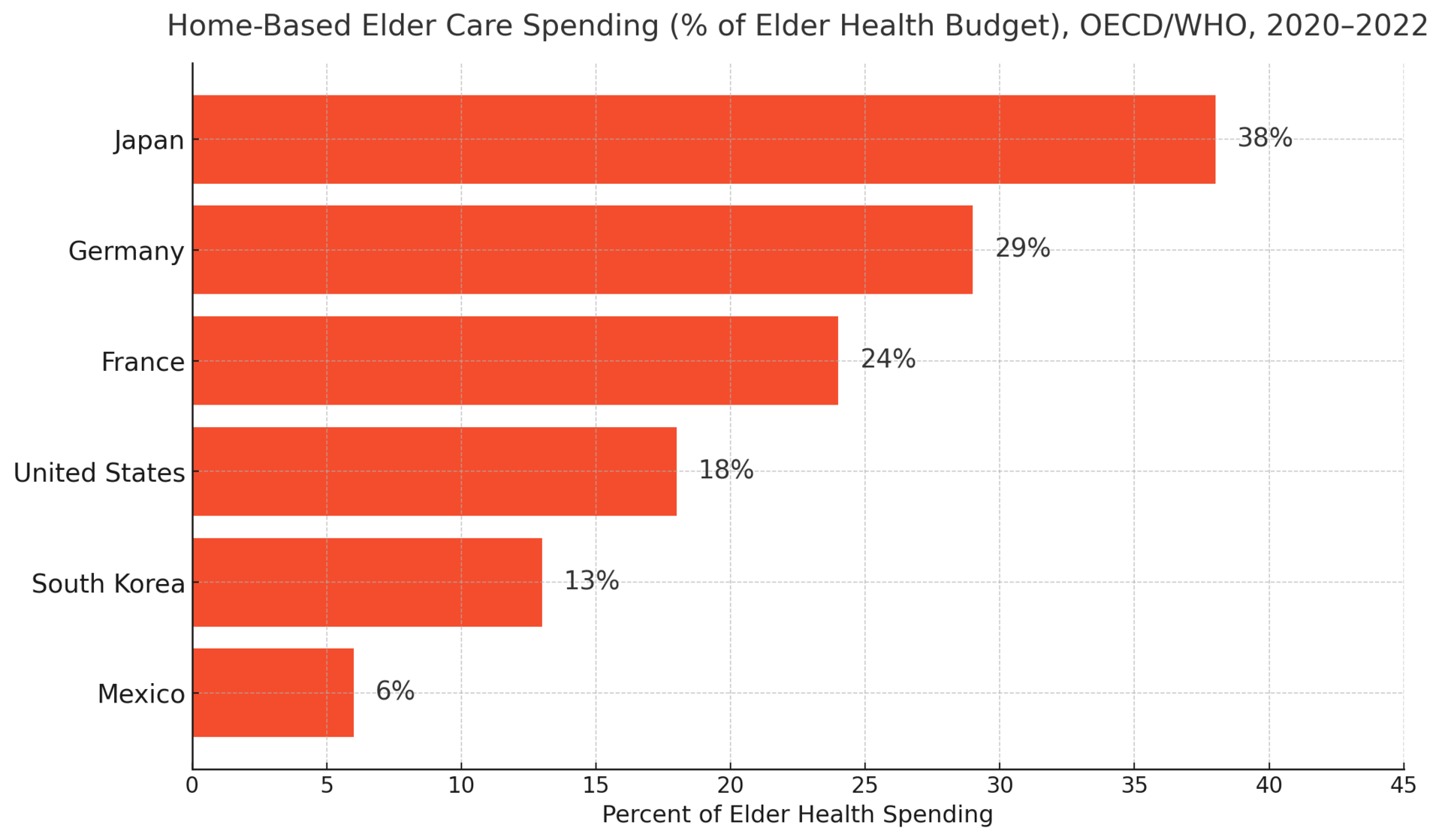
Thailand is rapidly emerging as the world’s recovery tourism capital.
What began with affordable dental and surgical care has grown into full-service healing, with post-op stays that feel more like a luxury vacation.
Highlights:
Bumrungrad Hospital (Bangkok): Offers bundled medical and recovery packages for international patients.
Chiang Mai’s wellness hubs: Where Eastern medicine meets physical therapy.
Phuket recovery villas: Private nurses, sea views, and Thai massage are part of the package.
🌴 Interesting tidbit: In 2024 alone, 3.5 million people traveled to Thailand for healthcare—many staying over 10 days after their procedure to focus on recovery.
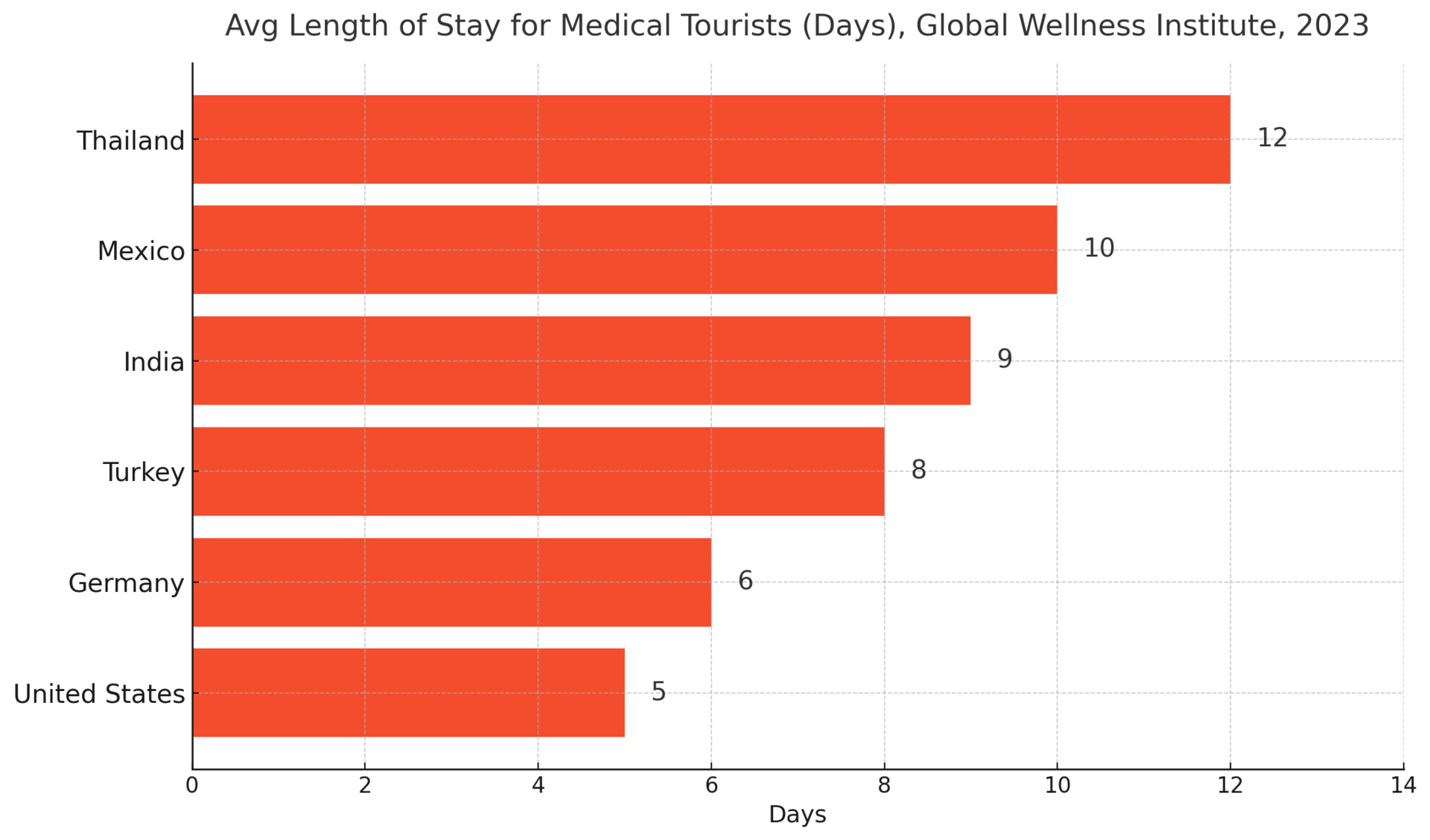
Technology is changing how—and where—we recover.
New platforms now let patients rehabilitate at home, guided by wearable devices, AI, and even virtual reality.
Recovery tech to watch:
🇩🇪 Kaia Health: Uses your phone’s sensors to guide back-pain relief programs.
🇨🇭 MindMaze: Offers VR stroke rehab so engaging it feels like gaming.
🇺🇸 Hinge Health: Tracks joint movement in real time and coaches users through recovery via app.
📱 Projection: By 2032, remote recovery could replace 40% of in-person physical therapy—especially in areas with limited access or aging populations.
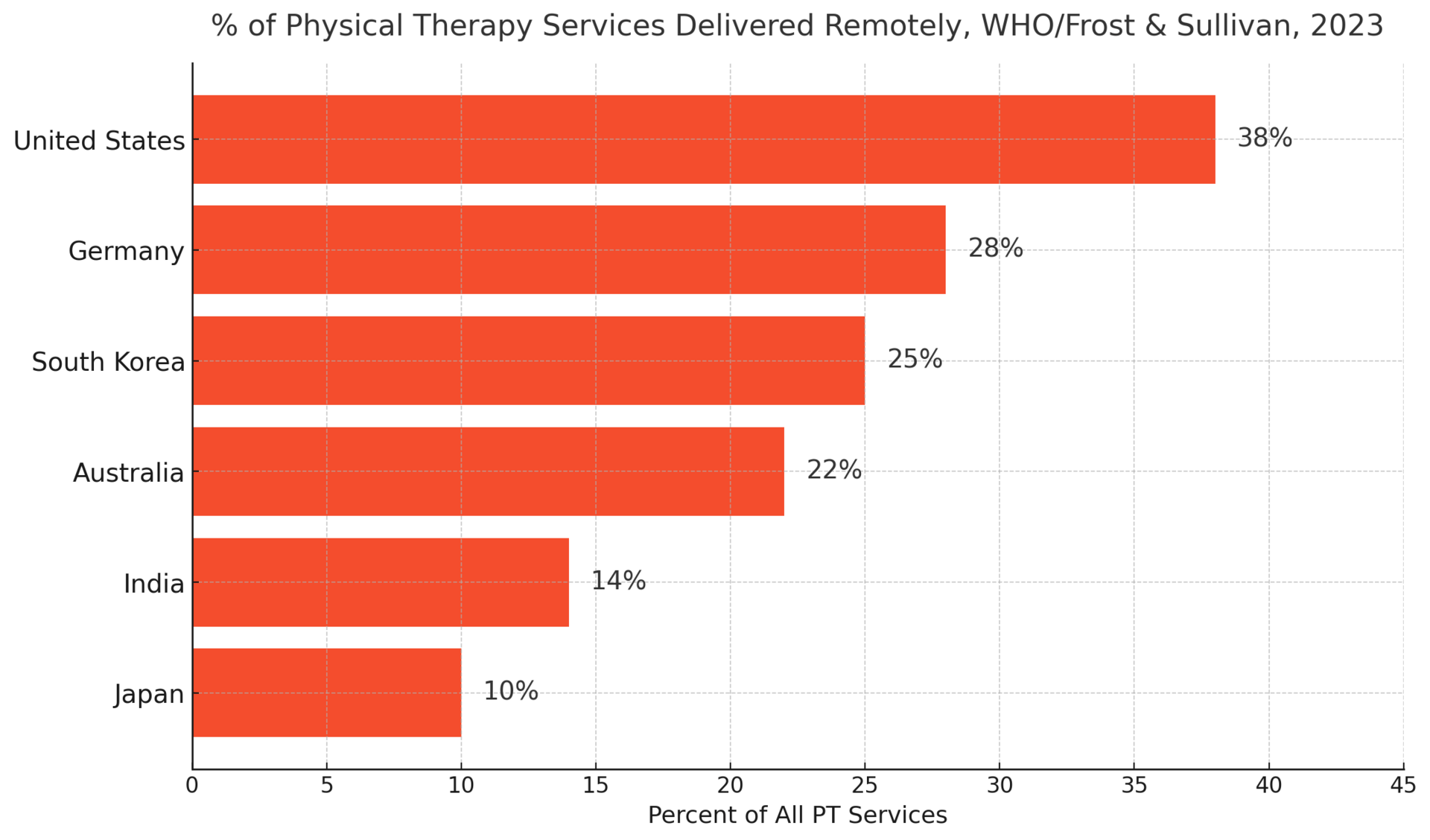
Across the globe, recovery isn’t an afterthought anymore—it’s the new frontier of health.
Whether you’re planning where to age, where to heal, or where to simply feel better longer, this shift toward proactive care could shape your future more than any treatment ever could.
From spa-town prescriptions in Germany to virtual rehab in Japan and serene recovery villas in Thailand—the world is rewriting the rules of healing.
So keep asking questions. Keep exploring. And most of all—start investing in your recovery before you need it.
Warm regards,
Shane Fulmer
Founder, WorldPopulationReview.com
P.S. Want to sponsor this newsletter? Reach 138,000+ global-minded readers — click here!


